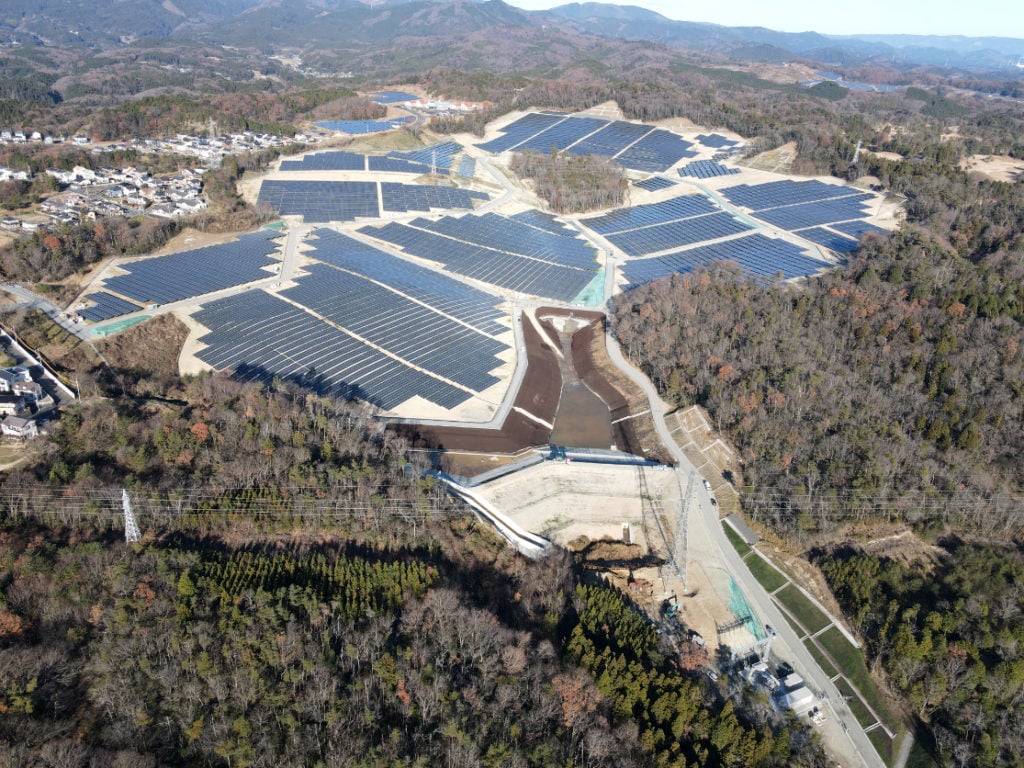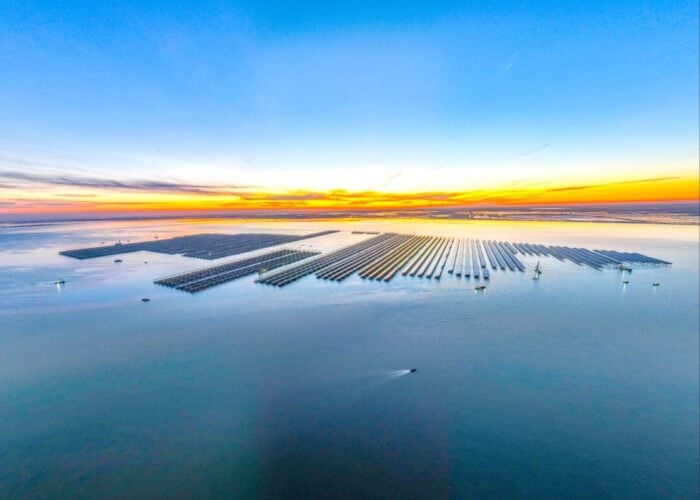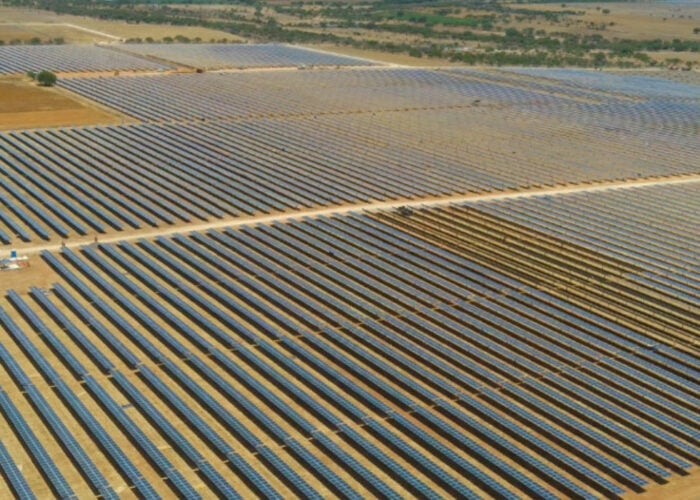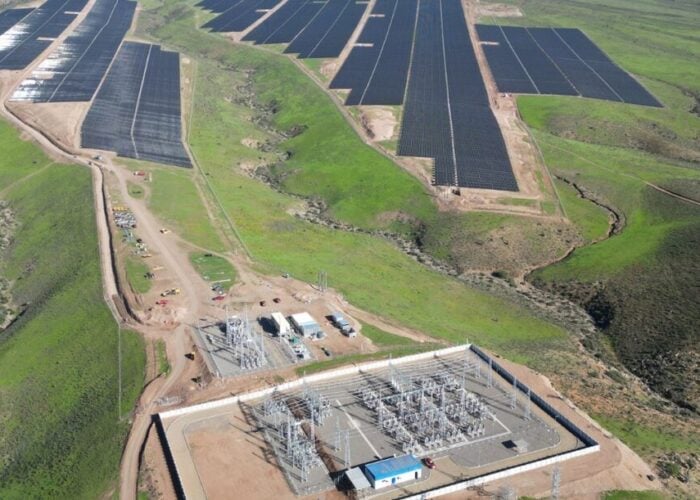
Research and development (R&D) into perovskite solar technology, as well as new battery storage technology and supply chains, will be supported as part of Japan’s JPY1.6 trillion (US$11 billion) Climate Transition Bond.
A total of JPY15 billion (US$100 million) has been allocated towards R&D in next-generation solar cells, which, in this case, will target perovskite solar technology that is flexible and can be installed on curved surfaces, the walls of buildings or factory roofs.
Try Premium for just $1
- Full premium access for the first month at only $1
- Converts to an annual rate after 30 days unless cancelled
- Cancel anytime during the trial period
Premium Benefits
- Expert industry analysis and interviews
- Digital access to PV Tech Power journal
- Exclusive event discounts
Or get the full Premium subscription right away
Or continue reading this article for free
This is highly relevant to Japan, which, as the third-largest market globally in terms of PV deployed, has a scarcity of land for large-scale ground-mount PV projects. Japan’s PV market has grown fourfold in the past eight years and it has the largest proportion of solar power per land area in major countries, exacerbating these geographical constraints.
The country remains a global leader in PV, with 5.47GW of solar capacity deployed, the eighth-most in the world, according to the recent Bloomberg NEF (BNEF) 1Q 2024 Global PV Market Outlook report.
Green bonds, which support capital-raising and investment for new and existing projects with environmental credentials, are becoming more popular. For example, European markets are facing soaring demand for solar projects, high interest rates and growing cost of capital, forcing PV developers to look for more diverse financing options.
Accelerating Japanese renewables
Japan’s latest bonds, certified under the CBI’s Climate Bonds Standard, have a particularly high focus on R&D in early-stage technology, given its necessity in multi-pronged global climate mitigation attempts.
This is according to Marina Strovolidou, head of certification at the Climate Bonds Initiative (CBI), an organisation which aims to verify the validity of bonds earmarked for ‘green’ projects. “We have actually expanded the range of the type of R&D we can accept from a certification perspective,” Strovolidou tells PV Tech Premium.
Japan’s government also aims to establish mass production and robust supply chains for the perovskite solar cells, according to a second-party opinion (SPO) issued by the bond’s verifier, the Japan Credit Rating Agency (JCRA).
The East Asian country is planning for perovskite cells to be widely available in the Japanese solar sector before 2030, despite it having little experience with the technology to date. Relevant ministries and agencies have also been called on to collaborate to increase installations of solar power equipment in public facilities, housing, factories and warehouses, airports or railways.
Perovskite technology has been much hyped since its inception, but it has yet to be proven reliable in real-world conditions, with question marks over performance levels over time, scalability and mass production on large-scale substrates. However, some of the world’s largest PV manufacturers have recently committed to perovskites with pilot projects with more than 100MW of capacity suggesting that commercialisation of perovskite-based solar could be closer at hand.
Proceeds of the bond will not only be used on perovskite technology but also the formation of large-scale offshore wind power projects, including floating offshore wind turbines, over the next ten years, as well as support for the introduction of renewables that can coexist with local communities.
The bond is targeting very early-stage high-tech projects to support decarbonisation efforts going forward. However, in an October 2023 paper, the CBI emphasised that Japan should not only focus on next-generation renewable energy technology but should also rapidly grow “mature and proven technologies” such as energy efficiency, grid flexibility, demand management and renewable energy.
“Systematic bottlenecks that have slowed the deployment of solar PV and wind, including grid limitations and curtailment regulations for dispatch, need to be addressed swiftly and with adequate budget and support,” says the paper.
The SPO document also mentions an aim to build solar PV panel recycling facilities as well as reuse and recycling systems.
Energy storage support
The new bond also supports two far larger subsidy projects financing the manufacturing of components for batteries.
In the first case, JPY150 billion (around US$1 billion) will be allocated towards subsidy programme projects to strengthen the supply chain for silicon carbide semiconductors for energy storage facilities supporting wind and solar projects, as well as energy generation data centres. These specific semiconductors will aim to minimise the losses from converting electricity into heat, amongst other qualities, says Strovolidou.
The financial support also aims to strengthen the supply chain of semiconductors for use in renewable energy components, electric vehicles (EVs), electrified rail systems, storage batteries, power transmission and distribution systems. It will also support mass production of silicon carbide wafer substrates and epi wafers, and the development of next-generation silicon carbide power semiconductors.
The second, larger, amount of JPY331 (US$2.2 billion) for a subsidy programme project will go to other materials and equipment involved in the production of batteries, says Andrew Rolland, certification manager of the certification team at the CBI, which is responsible for reviewing the application from the Japanese government and issuing certification.
The majority of this funding will go towards electric vehicles, but a component is set aside for day-to-day stationary energy storage usage as well. It will also provide support for capital investments in the domestic manufacturing of storage batteries, parts and materials.
“Obviously the supply chain in battery manufacturers is critical,” adds Strovolidou.
The wider goal is to establish domestic manufacturing of battery storage with a capacity of 150GWh by 2030, starting by expanding production capacity by at least 3GWh per year for automotive batteries and at least 300MWh per year for stationary batteries. Intensive investments in battery production facilities will be implemented over the next five years to kickstart the process.
The CBI framework also introduces a support programme for the construction of local government- and private-owned microgrids using renewable energy, energy efficiency and energy storage.
Certification expectation for perovskite
To meet the green bond certification needs, the CBI requires an annual report from the approved verifier of the bonds, which in this case was the JCRA.
Since the perovskite solar cell work is early-stage R&D and has not been proven, the annual report must confirm that the intended goals are being met and, if they are found to be falling short, the government has committed to replacing projects with other eligible projects, says Strovolidou.
The minimum requirement of the R&D is to reach ‘technical readiness level 6’, which means that the performance of the technology can be proven in a relevant environment. The expectation is for the technology to reach level seven, the prototype stage, in order to be certifiable. The CBI allows for the costs up to reaching that point, after which its assessment ends.
The first tranche of Japan’s Climate Transition Bond was issued last month as part of the country’s Green Transformation (GX) programme and aims to mobilise JPY150 trillion (US$ 1 trillion) over the next decade in support of advanced sustainable technologies.
There are two bonds set over five and ten years, says Strovolidou. The bulk of the R&D projects will go towards the longer-term bond since they will need a longer period for the technologies to prove themselves, while the subsidy projects will likely be allocated to the short-term bond.
The bond is unique as the first sovereign transition labelled bond, and is more technology-focused than most sovereign issuances, adds Strovolidou. There has been a lot of publicity and transparency around the bond because one of the aims of the Japanese government has been to spread as much information as possible to investors about the user proceeds and the technologies to be developed.






